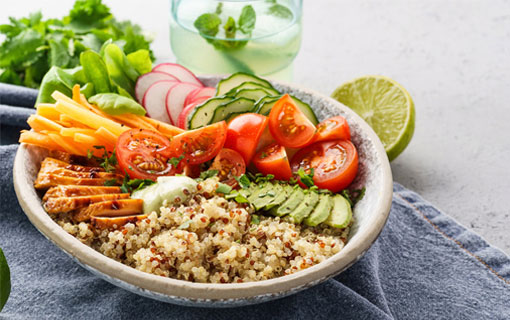Home / Top Tips for Low GI Living / A Guide to Carb Exchanges
A Guide to Carb Exchanges
Counting carbohydrates is an effective way to better understand carbohydrate portions and manage intake for successful low GI meal planning.
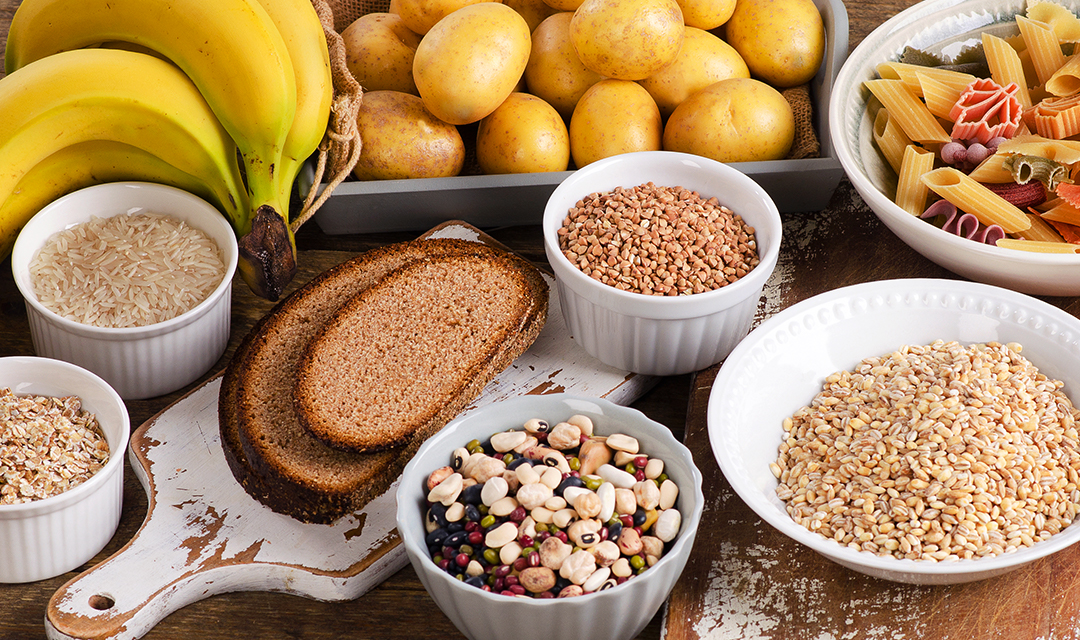
An easy way to begin counting carbohydrates is through an exchange system. Each serving in the groups below contain roughly the same amount of carbohydrate – about 15g a serving – also called one carbohydrate choice.
For those managing a health concern, it is important to consult a dietitian who can recommend a certain number of daily exchanges for each food group based on your individual needs. Together you will decide the best way to spread the exchanges throughout the day to help keep your blood glucose levels within your target range.
Exchanges ordered by food group
Breads, cereals and starchy vegetables. 1 exchange =
- 170g (3/4 cup) cooked (water) rolled oats
- 30g (1/3 cup) natural muesli
- 30–40g (1/3 – 1/2 cup) high fibre breakfast cereal
- 1 1/2 whole wheat biscuit
- 1 slice dense wholegrain bread (40g)
- 1 slice authentic sourdough, soy and linseed bread or pumpernickel bread (40g)
- 1 slice dense fruit loaf (40g)
- 1 muesli bar (30g)
- 2 wholegrain crisp breads (24g)
- 1/3 cup cooked pasta, pearl couscous, quinoa
- 1/3 cup cooked rice or egg noodles
- 1/2 cup cooked or canned chick peas, kidney beans, cannellini or borlotti beans
- 2/3 cup cooked lentils
- 1 boiled/cooked medium potato (140g)
- 1/2 large boiled sweet potato (90g)
Dairy
1 exchange =
- 1 cup (250ml) reduced or low fat milk or calcium fortified soy milk
- 1/2 tub (100g) reduced or low fat yoghurt with fruit
- 1/3 cup (90g) reduced or low fat custard or low GI dairy snack
- 2 scoops (50g) reduced fat ice cream
Fruit
1 exchange =
- 1 piece of fruit (100g) such as small banana, apple or pear
- 2 stone fruits such as apricots, kiwi fruit, or plums
- 1/2 – 1 cup (100–200g) diced or canned fruit (no added sugar in juice)
- Small palmful of dried fruits such as prunes (50g), apricots (40g), apples (25g)
- 150ml (1/2 cup) 100% fruit juice (no added sugar)
Recommended for you
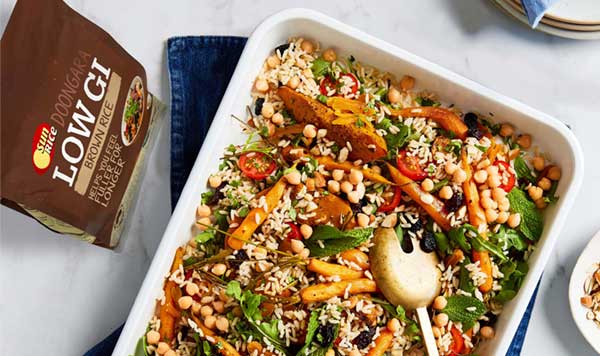
RECIPES
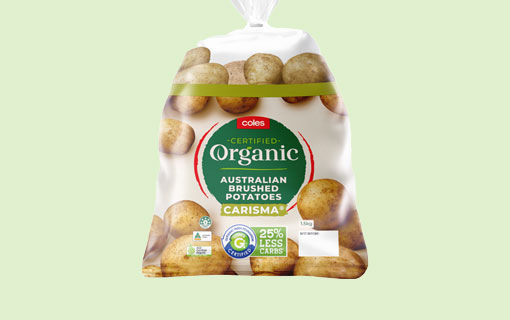
GI CERTIFIED PRODUCTS
DIABETES
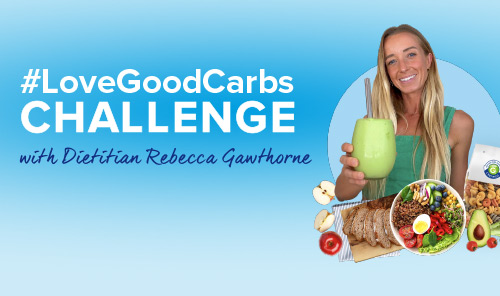
LOW GI LIVING
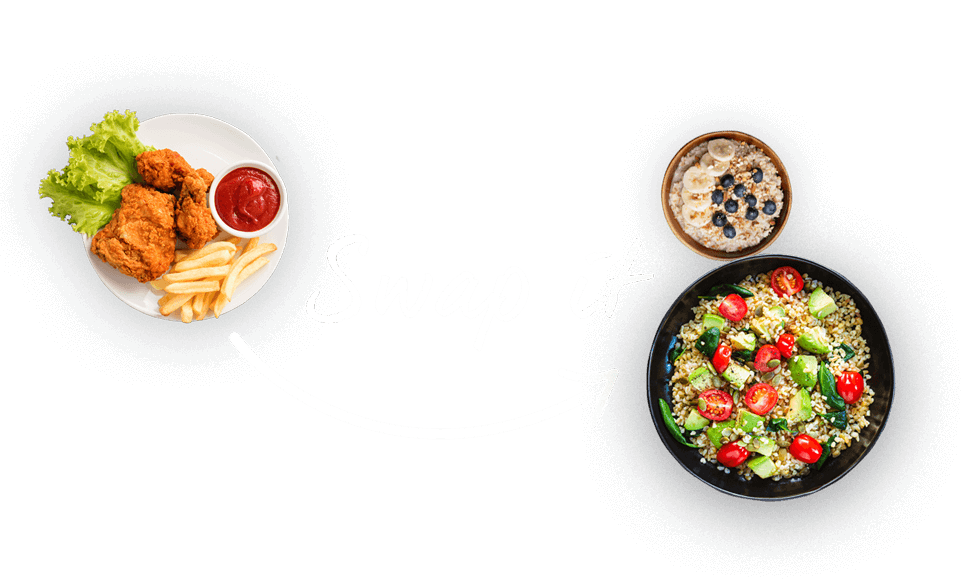

A low GI diet focuses on the quality of carbohydrates you eat. Good carbohydrates (or low GI carbohydrates) are more slowly digested helping keep your blood sugars stable, whereas bad carbohydrates cause your blood glucose levels to peak and crash. Want to know which carbohydrates are best for you? Try our swap it tool!


